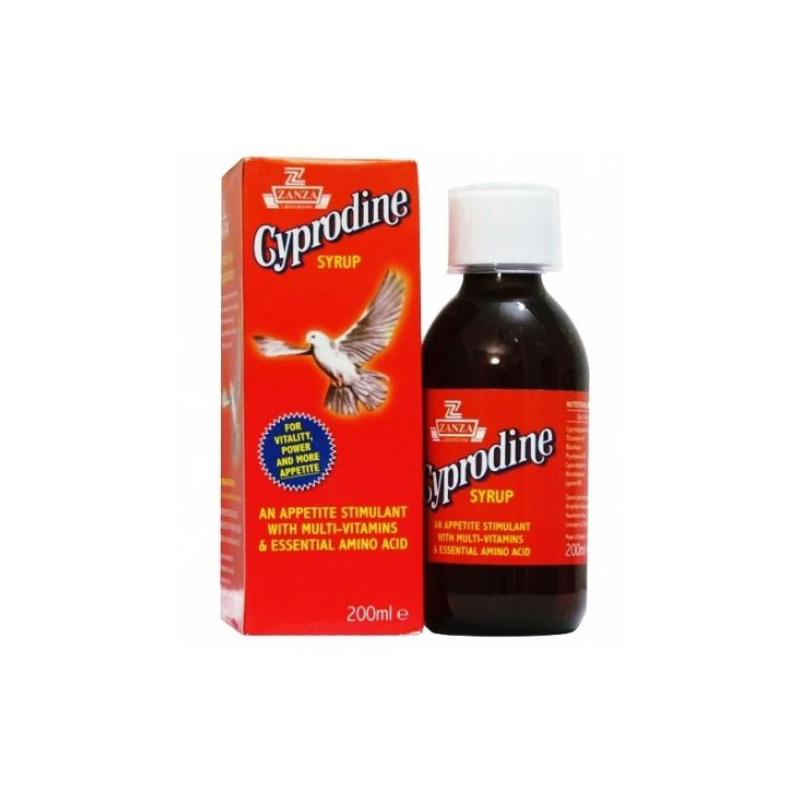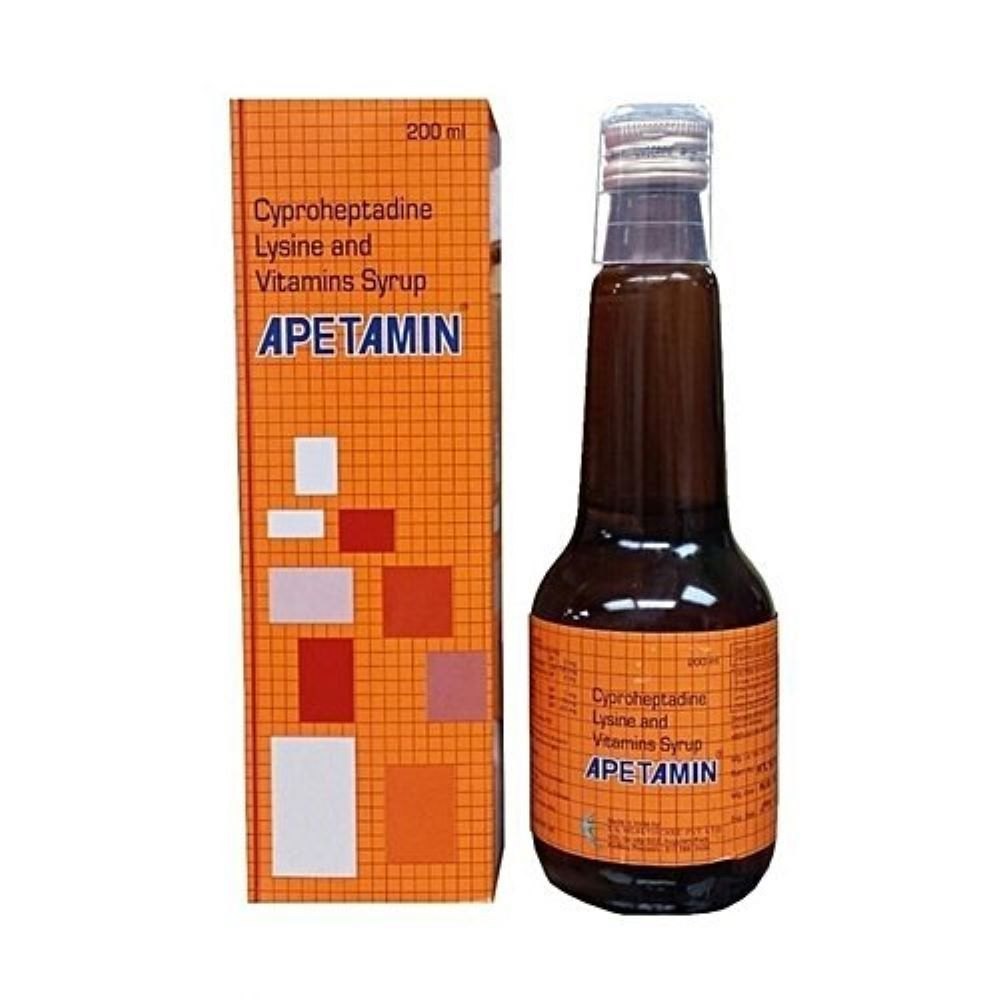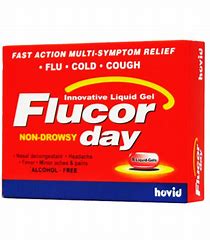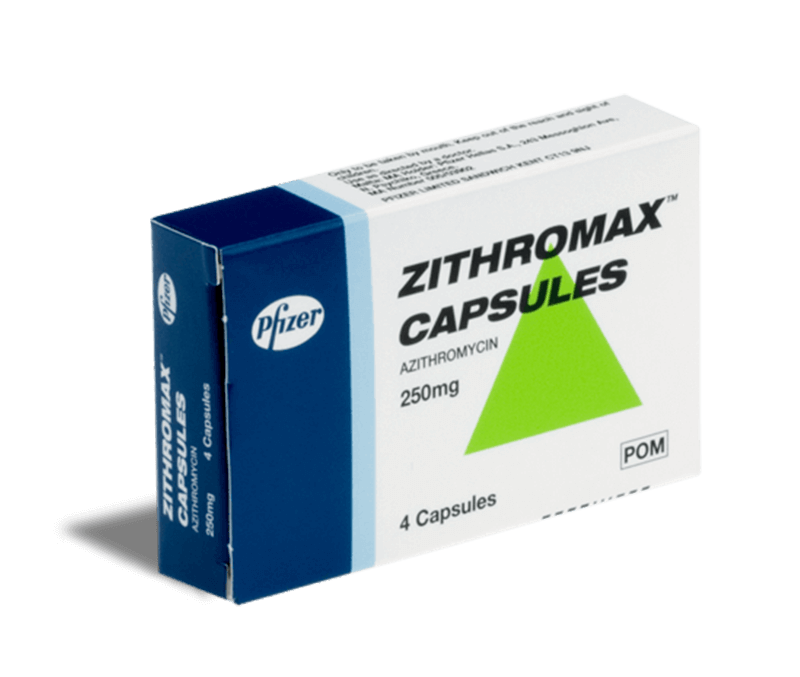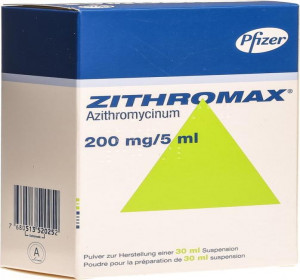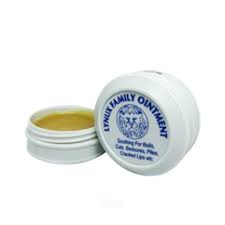Deltanet Mosquito Net
-
 Get 10% discount on your next order. Order now to qualify.
Get 10% discount on your next order. Order now to qualify.
-
 Get 20% cashback on apple app store. Use code P056
Get 20% cashback on apple app store. Use code P056
DELIVERY & RETURNS
Free shipping offer on Pilldoctor and get exclusive offers.
Location
-

Door Delivery Fastest delivery to the door for only 2 days. Don't miss exclusive offer.
-

Pickup Station Fastest delivery to the door for only 2 days. Don't miss exclusive offer.
-

Return Policy Fastest delivery to the door for only 2 days. Don't miss exclusive offer.
Description
Mosquito nets are often used where malaria or other insect-borne diseases are common, especially as a tent-like covering over a bed. For effectiveness, it is important that the netting not have holes or gaps large enough to allow insects to enter. It is also important to ‘seal’ the net properly because mosquitoes are able to ‘squeeze’ through improperly secured nets. Because an insect can bite a person through the net, the net must not rest directly on the skin.
Mosquito netting can be hung over beds from the ceiling or a frame, built into tents, or installed in windows and doors. When hung over beds, rectangular nets provide more room for sleeping without the danger of netting contacting skin, at which point mosquitoes may bite through untreated netting. Some newer mosquito nets are designed to be both easy to deploy and foldable after use.
Where mosquito nets are freely or cheaply distributed, local residents sometimes opportunistically use them inappropriately, for example as fishing nets. When used for fishing, mosquito nets have harmful ecological consequences because the fine mesh of a mosquito net retains almost all fish, including bycatch such as immature or small fish and fish species that are not suitable for consumption. In addition, insecticides with which the mesh has been treated, such as permethrin, may be harmful to the fish and other aquatic fauna.
Insecticide-treated nets
Mosquito nets treated with insecticides—known as insecticide-treated nets (ITNs) or bednets—were developed and tested in the 1980s for malaria prevention by Dr. P. Carnevale and his team in Bobo-Dioulasso, Burkina Faso. ITNs are estimated to be twice as effective as untreated nets, and offer greater than 70% protection compared with no net. These nets are dip-treated using a synthetic pyrethroid insecticide such as deltamethrin or permethrin which will double the protection over a non-treated net by killing and repelling mosquitoes. For maximum effectiveness, ITNs should be re-impregnated with insecticide every six months. This process poses a significant logistical problem in rural areas. Newer, long-lasting insecticidal nets (LLINs) have now replaced ITNs in most countries.
Effectiveness
The distribution of mosquito nets or bednets impregnated with insecticides such as permethrin or deltamethrin has been shown to be an extremely effective method of malaria prevention. According to a 2015 Nature study, mosquito nets averted 68% of an estimated 663 million averted cases of malaria infection since 2000. It is also one of the most cost-effective methods of prevention. These nets can often be obtained for around $2.50–$3.50 (2–3 euros) from the United Nations, the World Health Organization (WHO), and others. ITNs have been shown to be the most cost-effective prevention method against malaria and are part of WHO’s Millennium Development Goals (MDGs). Generally LLINs are purchased by donor groups and delivered through in-country distribution networks.
ITNs protect people sleeping under them and simultaneously kill mosquitoes that contact the nets. Some protection is provided to others by this method, including people sleeping in the same room but not under the net. However, mathematical modeling has suggested that disease transmission may be exacerbated after bed nets have lost their insecticidal properties under certain circumstances. Although ITN users are still protected by the physical barrier of the netting, non-users could experience an increased bite rate as mosquitoes are deflected away from the non-lethal bed net users. The modeling suggests that this could increase transmission when the human population density is high or at lower human densities when mosquitoes are more adept at locating their blood meals.
In December 2019 it was reported that West African populations of Anopheles gambiae include mutatants with higher levels of sensory appendage protein 2 (a type of chemosensory protein in the legs), which binds to pyrethroids, sequestering them and so preventing them from functioning, thus making the mosquitoes with this mutation more likely to survive contact with bednets.
Alternatives
Mosquito nets do reduce air flow to an extent and sleeping under a net is hotter than sleeping without one, which can be uncomfortable in tropical areas without air-conditioning.
Some alternatives are:
- The use of a fan to increase air flow.
- The application of an insect repellent to the skin; this also may be less effective (reducing rather than eliminating bites), more expensive, and may pose health risks with long-term use.
- The use of indoor residual spraying of insecticides. This was a common practice in the late-20th Century. However, due to an increased awareness of the environmental hazards associated with the insecticide DDT used for some of these programs, this practice became less common. For example – American funding for African programs were cut and the number of malaria-infected subjects skyrocketed. In order to see results from the use of indoor residual spraying programs 80% of homes in the affected area need to be sprayed and the application of insecticide needs to be constant in order to suppress certain species which are immune to the insecticide. Large-scale application results in a dependence on continual spraying. If the aggressive style of application is not maintained then the risk of an increase of genetically-resistant mosquitos increases. This would ultimately result in an unrealistic mediation process.
Product Ratings
Highest Ratings
There are no reviews yet.

